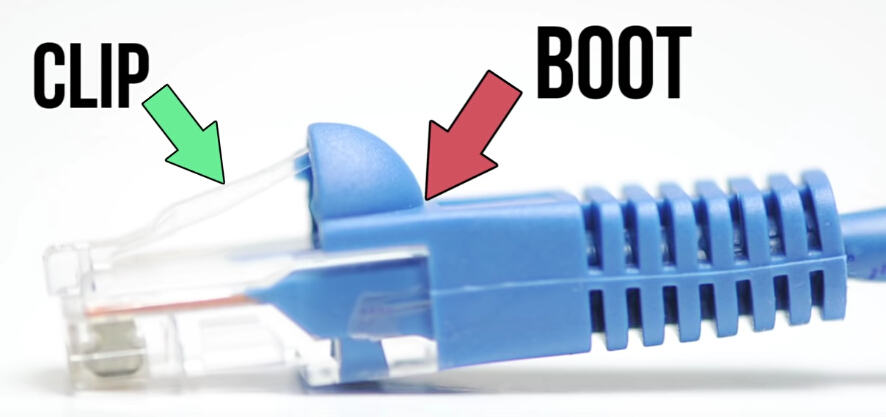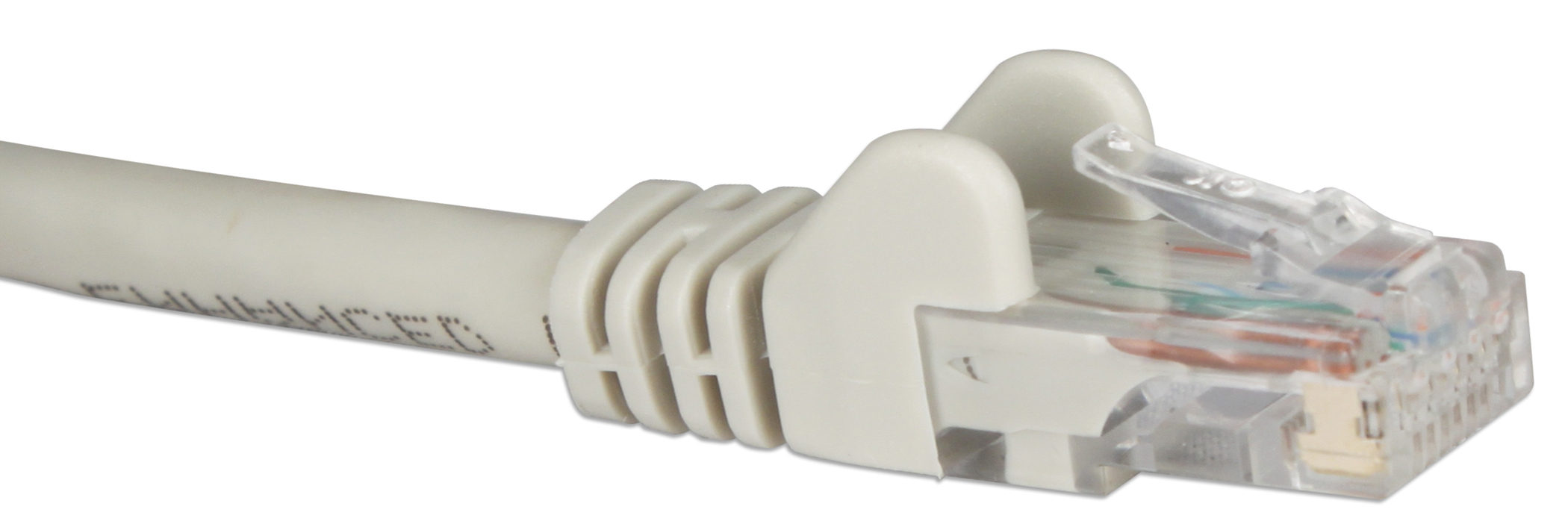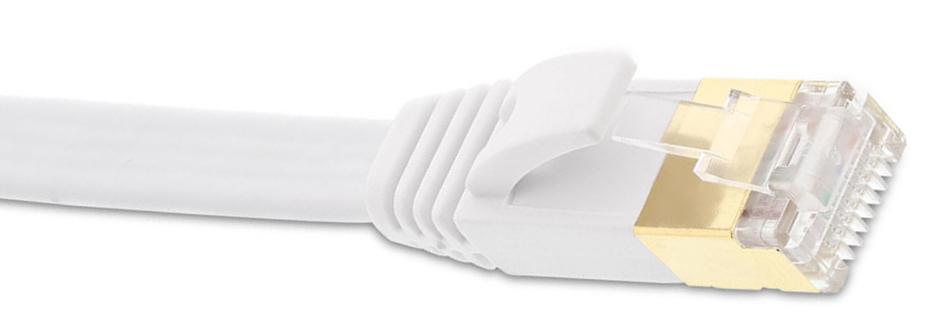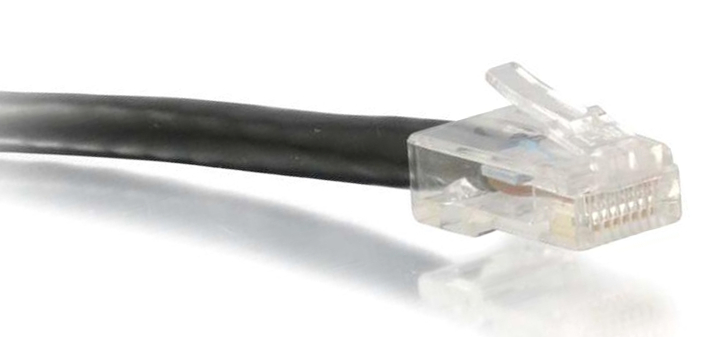Network cable with RJ45 connectors is widely applied to our life. When choosing the RJ45 Ethernet network cables, you may discover that these cables have different appearances of their cable plugs. For example, some cables will have a rubber thing on the clip while some don’t. Why do RJ45 cables have such design and what is the function? This post is going to present the basic knowledge about the RJ45 boot.
What Is Plug Boot for RJ45 Cable?
This rubber thing is known as plug boot. A booted cable has the plug boot on the Ethernet patch cable end of the connector. You can find two main types of boots on the market. One is the separate boot that can be purchased individually to put on the cable, and the other is the injection molded boot to be bought together with the cable. Of course, the latter is stronger to provide support for the cable when the connector is being pulled out of a switch, patch panel or other devices. Non-booted cables will not have the plug boot as the protection, which is easier to be damaged.

Functions of RJ45 Boot
Generally speaking, the RJ45 boot design has two purposes. Firstly, the plug boot can prevent the connector clip from flipping up or even breaking off from the cable. When the plastic clip is broken, cable won’t be able to firmly connect to the network which will then interrupt the data transaction. Secondly, using the booted cable is also a protection for your own nails. Because the clip is slim and small, it is easy to stick into the nails during the installation or removal of RJ45 cable. Hence, for the better protection of both cable connector and your nails, Ethernet cables with plug boots are a great solution.
Several Types of RJ45 Boot
If you want to buy the booted cables, you should also consider which type of boot is the best fit for your network since plug boot also has different constructions. Here will introduce the common types of plug boots.
The standard boot looks like the half of a dome. It protects the clip on all sides and prevents it from snagging or breaking off. This is the type widely applied to cable installation through floors or walls.

The molded boot does not protect the locking clip. It is easy to plug in and out. This type of boot is suitable for hard-to-access space where cables are seldom plugged or unplugged.

Snagless boot has a small flap to protect the RJ45 clip. It is often used in applications where there are high insertion cycles in easy-to-access space.

The slim boot has a 28% reduction in diameter than the Snagless boot. It offers minimal protection and is easy to plug or unplug. This type of booted cable is usually seen in high-density applications.

Non-booted RJ45 cable is much easier for plugging or unplugging, but the whole connector is exposed with no protection. This type is typically used for applications that don’t require frequent unplugging.

Conclusion
In summary, if you want to have better protection for your Ethernet cable, using RJ45 boot is an ideal solution. If the application does not demand too much cable shifting, non-booted cables are also acceptable. No matter which type of RJ45 cable you choose, the decision must be made according to your own project.
Related Article:
Ethernet Cable Jacket Ratings: CM vs. CMR vs. CMP
Introduction of the RJ45 Interface
How to Terminate and Install Cat5e, Cat6 Keystone Jacks?
